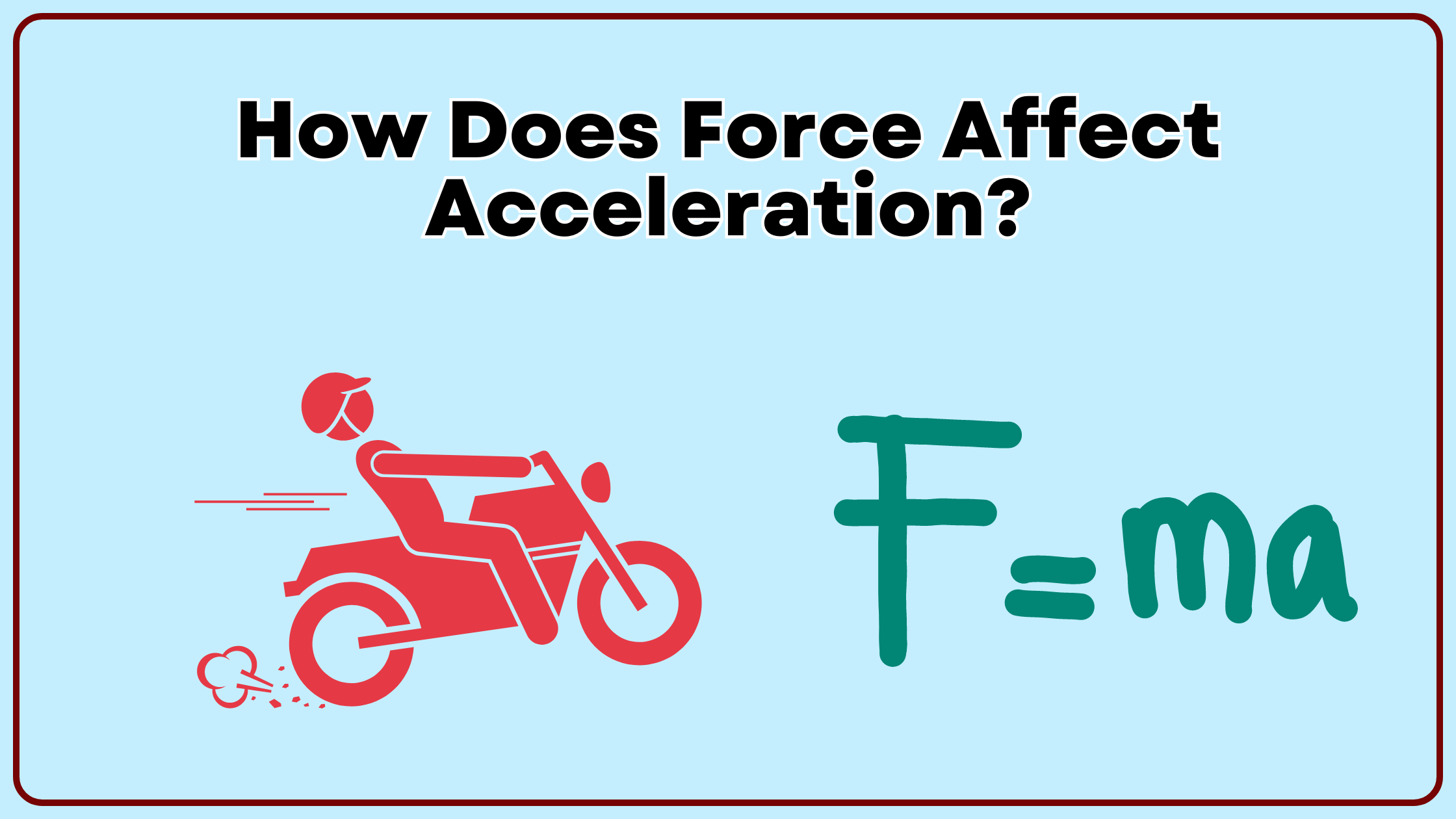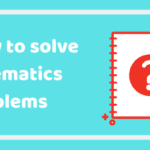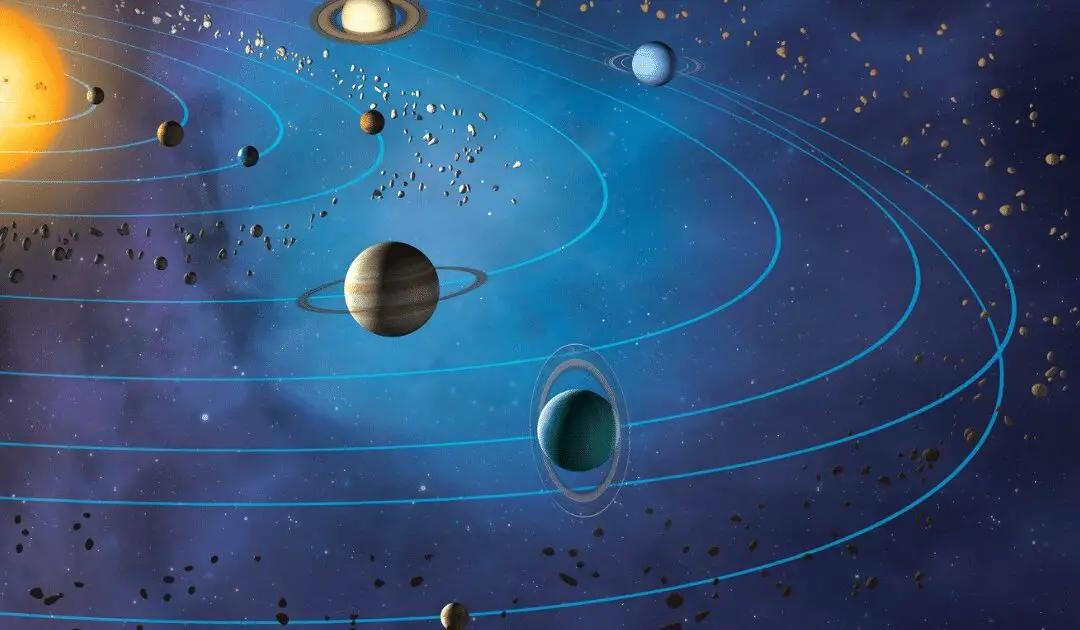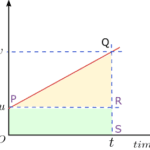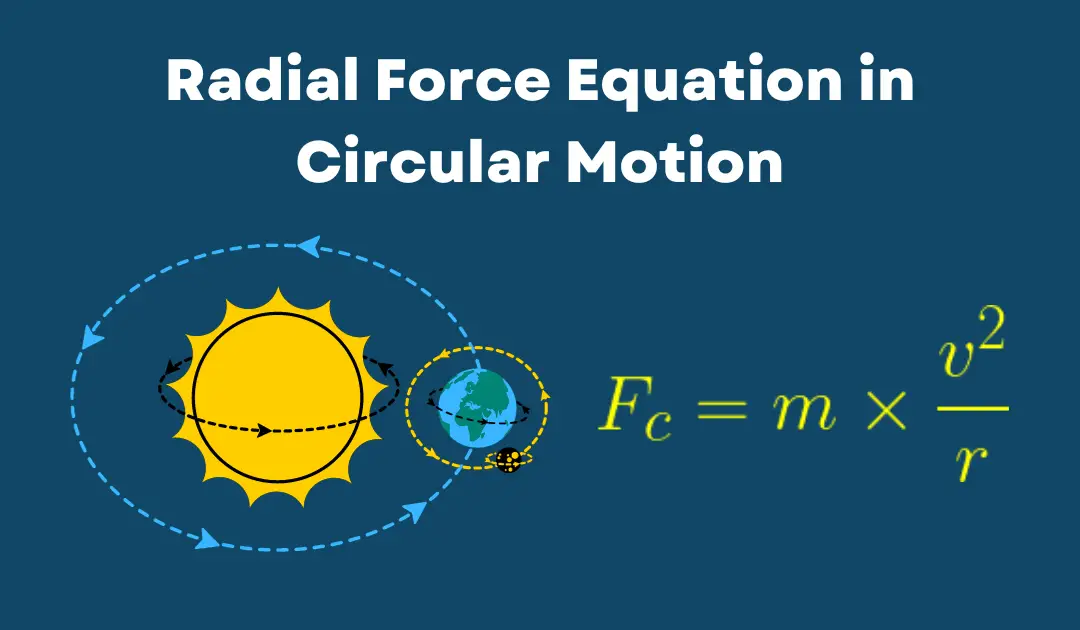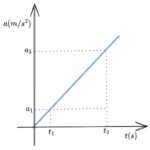Force directly affects acceleration according to Newton’s Second Law of Motion. The law states that the acceleration of an object is directly proportional to the net force acting on it and inversely proportional to its mass.
Newton’s Second Law
The mathematical representation of Newton’s Second Law is:
$$ \vec{F} = m\vec{a} $$
Where:
- $\vec{F}$ is the net force acting on the object (measured in Newtons, N)
- $m$ is the mass of the object (measured in kilograms, kg)
- $\vec{a}$ is the acceleration of the object (measured in meters per second squared, m/s²)
Explanation
Direct Relationship: As the equation shows, force and acceleration are directly proportional. This means that:
- Increasing the force will increase the acceleration proportionally.
- Decreasing the force will decrease the acceleration proportionally.
Role of Mass: The mass of the object plays a crucial role in determining the acceleration. For a given force:
- A larger mass will result in smaller acceleration.
- A smaller mass will result in larger acceleration.
Factors Affecting Acceleration
1. Magnitude of Force
The greater the force applied, the greater the acceleration. For example, pushing a shopping cart with more force will make it accelerate faster.
2. Direction of Force
Acceleration occurs in the same direction as the net force. If multiple forces are acting, the object will accelerate in the direction of the resultant force.
3. Mass of the Object
For a given force, objects with less mass will accelerate more than objects with greater mass. This is why it’s easier to push an empty shopping cart than a full one.
Practical Applications
Understanding the relationship between force and acceleration is crucial in many real-world scenarios:
- Vehicle Design: Engineers use this principle to design cars, determining the engine power needed for desired acceleration.
- Sports: Athletes apply this knowledge to optimize their performance, such as in sprinting or throwing events.
- Space Exploration: Rocket scientists calculate the thrust (force) needed to accelerate spacecraft to escape Earth’s gravity.
Conclusion
The relationship between force and acceleration is fundamental to understanding motion in physics. By manipulating the applied force or the mass of an object, we can control its acceleration. This principle forms the basis for countless applications in engineering, sports, and everyday life.

